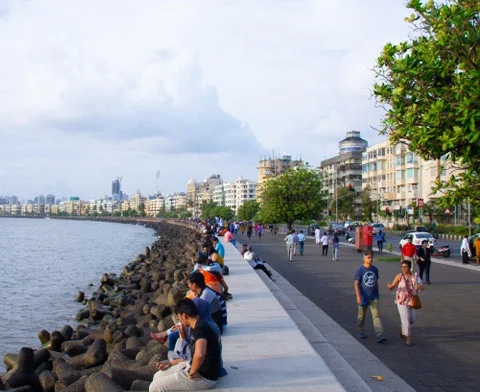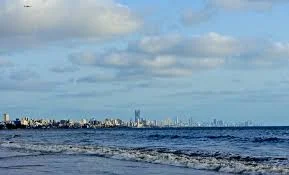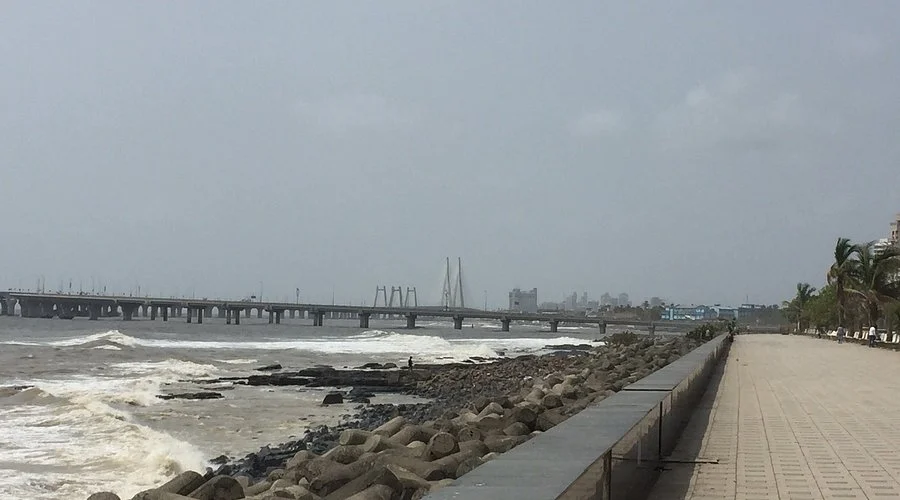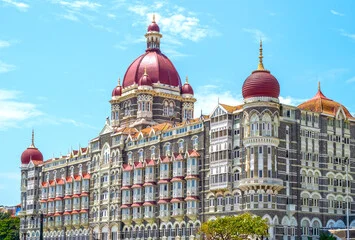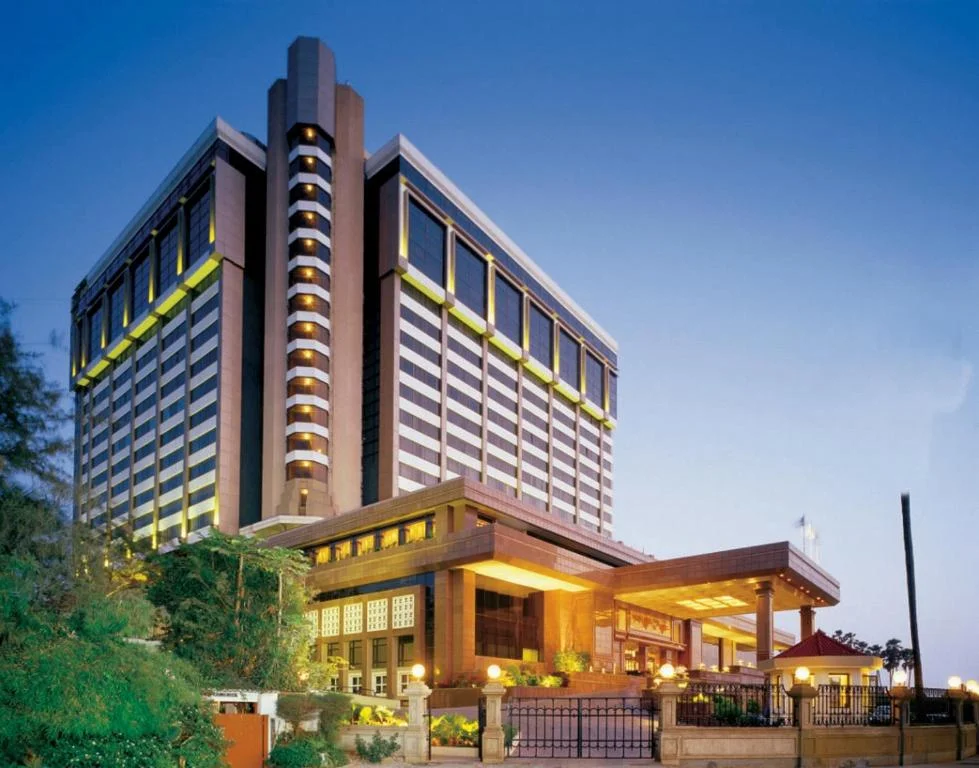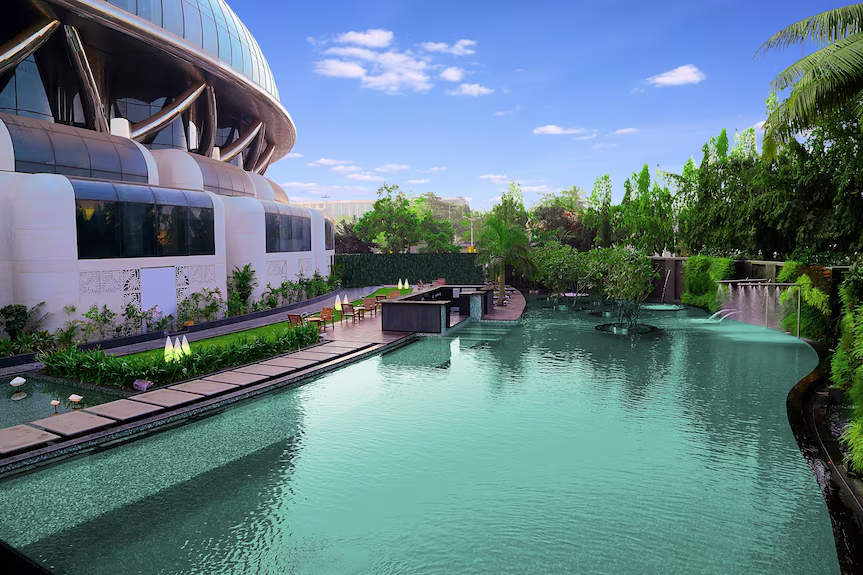Mumbai
The city of Dream
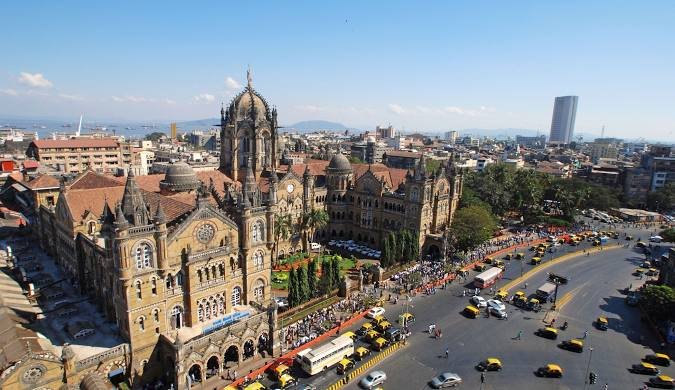
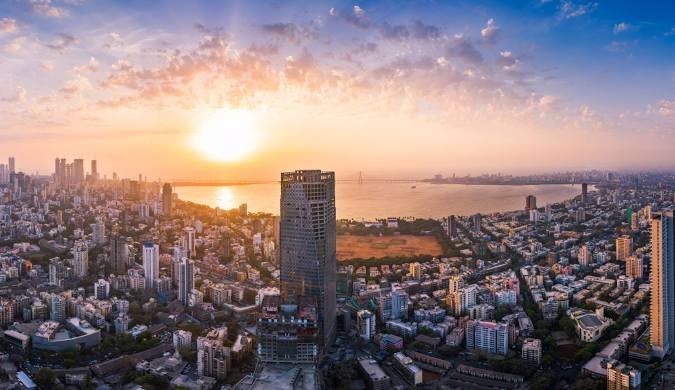






The best time to visit Mumbai
Monsoon (June to September) – Low Season
- Weather: Mumbai experiences heavy rains during this period. Humidity levels are very high, and temperatures range from 25°C (77°F) to 32°C (90°F).
- Challenges: Monsoon brings frequent rain showers, making outdoor activities difficult, and some areas may experience flooding.
- Ideal for: If you’re looking for a quieter, less crowded Mumbai experience and don’t mind the rain, the monsoon season can be a great time for lower hotel rates and a more local, atmospheric vibe. The monsoon also enhances Mumbai’s lush greenery.
Summer (March to May) – Off-Season
- Weather: Hot and humid, with temperatures often rising above 35°C (95°F), sometimes reaching 40°C (104°F).
- Challenges: The intense heat can be exhausting for tourists, especially those who are not accustomed to tropical climates.
- Ideal for: This period is less popular for tourists, and Mumbai’s beaches and markets can be relatively quieter. If you’re comfortable with the heat, you might find fewer crowds and cheaper hotel rates, but make sure to stay hydrated and limit outdoor activities to early mornings or evenings.
Festivals & Events (November to February)
- Mumbai is home to several exciting festivals and events, and visiting during this period can be especially rewarding:
- Ganesh Chaturthi (August/September): A lively colorful festival with grand processions, cultural performances, a deep dive into the city’s culture.
- Diwali (October/November): The city is lit up with lights, and there are various cultural events to participate in.
- Mumbai Film Festival: For movie buffs, this is an exciting event to witness.
Places To Visit In Mumbai
Top Popular Hotels in Mumbai
1. Geography and Climate:
- Location: Mumbai is located on the west coast of India, along the Arabian Sea.
- Climate: It has a tropical climate, characterized by hot, humid summers, a monsoon season with heavy rains, and mild, pleasant winters.
- Best Time to Visit: As mentioned earlier, the best time to visit is from November to February.
2. Economy and Industry:
- Financial Capital: Mumbai is the financial heart of India, home to the Bombay Stock Exchange (BSE) and the Reserve Bank of India (RBI). The city contributes significantly to India’s GDP and is a key player in global finance.
- Bollywood: Mumbai is also the epicenter of the Hindi film industry, commonly known as Bollywood, which is the largest film industry in the world by the number of films produced annually.
- Business Hub: The city hosts many major multinational corporations and is a key center for trade, commerce, and technology in India.
3. Culture and Diversity:
- Multicultural Population: Mumbai is home to a diverse population, representing different cultures, religions, and languages. The main languages spoken include Marathi (the state language), Hindi, English, and various other languages.
- Festivals: The city celebrates a wide array of festivals, such as Ganesh Chaturthi, Diwali, Eid, Navratri, and Christmas, with grand processions and festivities.
- Food: Mumbai is famous for its street food, such as vada pav, pani puri, pav bhaji, and bhel puri. It also offers diverse cuisine due to its cosmopolitan nature, from traditional Maharashtrian dishes to global flavors.
4. Landmarks and Attractions:
- Gateway of India: A historic landmark overlooking the Arabian Sea, built during the British colonial era.
- Marine Drive: A scenic promenade along the coastline, known for its stunning views of the sea, especially during sunset.
- Chhatrapati Shivaji Maharaj Terminus (CST): A UNESCO World Heritage Site and a beautiful example of Victorian Gothic architecture.
- Elephanta Caves: Ancient rock-cut temples located on an island near Mumbai, dedicated to the Hindu god Shiva.
- Colaba Causeway: A bustling street known for its shopping, cafes, and historical landmarks.
5. Transportation:
- Mumbai Local Trains: The local train system is the lifeline of Mumbai, connecting millions of commuters daily.
- Mumbai Metro: A more recent addition to the city’s public transport system, helping reduce congestion.
- Taxis and Auto Rickshaws: Common modes of transport within the city, with taxis being metered and auto rickshaws following fixed routes.
- Chhatrapati Shivaji Maharaj International Airport: Mumbai’s international gateway, connecting it to major cities around the world.
6. Challenges:
- Traffic Congestion: Due to the city’s high population density and narrow streets, traffic can be chaotic.
- Overpopulation: Mumbai’s rapid urbanization has resulted in overcrowding and challenges like slums, high living costs, and inadequate infrastructure in certain areas.
- Air and Water Pollution: As a rapidly growing metropolis, Mumbai faces pollution-related challenges, especially during the monsoon season.
7. Education and Innovation:
- Mumbai is home to several prestigious institutions such as the Indian Institute of Technology (IIT Bombay), University of Mumbai, and Tata Institute of Social Sciences (TISS). It is a hub for education, research, and innovation in India.
8. Nightlife and Entertainment:
- Mumbai is famous for its vibrant nightlife, offering a wide variety of clubs, bars, and lounges. The city never sleeps, with numerous entertainment options available 24/7.
- Theater and Arts: Mumbai also has a thriving theater, art, and music scene, with events held throughout the year in places like Prithvi Theatre and NCPA.
9. Shopping:
- Mumbai offers a mix of high-end luxury shopping, traditional markets, and street markets. Colaba Causeway and Linking Road are popular for street shopping, while Cuffe Parade and Bandra have luxury boutiques and malls.
Conclusion:
Mumbai is a dynamic and fast-paced city that blends the old with the new. From its stunning coastal views to its bustling streets, from its rich history to its modern infrastructure, Mumbai offers a unique experience to anyone who visits. It is a city of contrasts, where tradition and modernity coexist harmoniously, making it an exciting destination for both tourists and locals.










